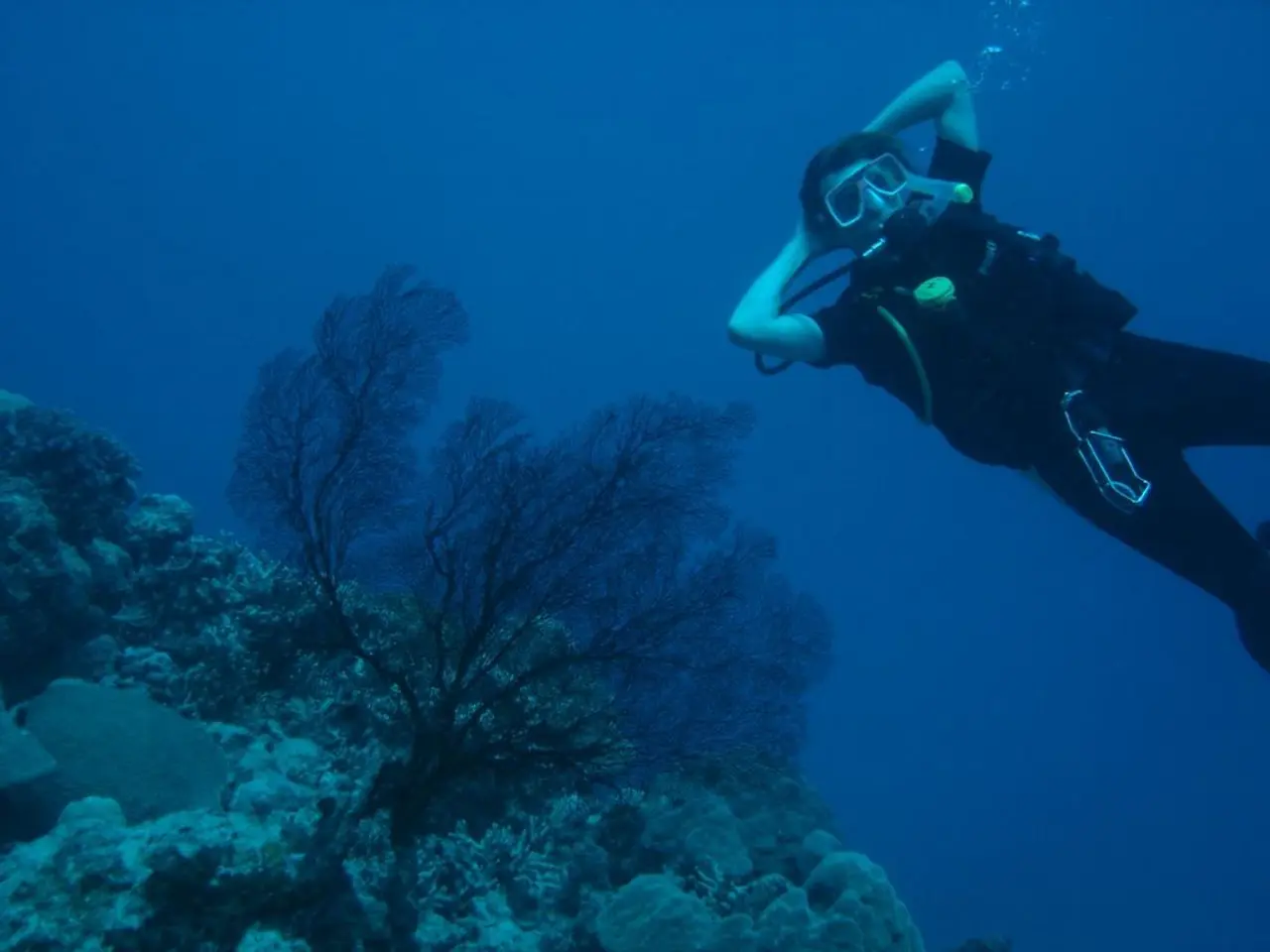Discoveries Made at the Lowest Depth of Mediterranean Trench Reveal Shocking Details
In the heart of the Hellenic Trench off the coast of Greece lies the Calypso Deep, a remote and unexplored region of the ocean, and the deepest part of the Mediterranean. Recently, researchers made a startling discovery during their survey of the trench: 167 pieces of debris, including plastic bags, metal fragments, glass, and paper waste, were found in the Calypso Deep [1].
This pollution, ranging from unmanaged waste and microplastics to chemical runoff from land, poses a significant threat to the deep-sea biodiversity and food chain in this sensitive and extreme habitat. The Calypso Deep, with its extreme depths, immense pressure, and near-freezing temperatures, is a low-energy environment where contaminants degrade slowly, allowing them to persist and magnify through the food chain [2].
The impact on biodiversity is concerning. Habitat degradation and genetic erosion have been observed in Eastern Mediterranean marine species due to multiple stressors, including pollution [2]. Plastics pollution harms organisms directly via ingestion and entanglement and indirectly by altering habitat quality and food availability, thereby threatening ecosystem stability at all trophic levels [3].
Deep-sea species play a crucial role in nutrient cycling and support broader oceanic food webs. Pollution in the Calypso Deep compromises these ecological functions, potentially cascading through the marine food chain, affecting both deep and surface levels of marine biodiversity [1][2][3].
The unique structure of the Calypso Deep may contribute to the accumulation of waste. The steep, closed walls of the trench prevent debris from being dispersed by water circulation, effectively trapping waste and creating a "trap" where it accumulates [4]. The lack of significant currents in the Calypso Deep allows debris to remain in place for long periods, where it may degrade into microplastics over time [5].
Some of the debris found in the Calypso Deep likely originated from the coast just 60 kilometers away, suggesting that coastal human activities like tourism, waste disposal, and inadequate wastewater treatment are significant contributors to this pollution [1].
This was the first time a human-piloted submersible had ventured into this remote region for scientific study. Researchers used the Limiting Factor, a state-of-the-art submersible, to descend into the depths of the Calypso Deep. Professor Miquel Canals from the University of Barcelona suggests that the waste found in the Calypso Deep was likely transported by ocean currents and direct dumping by boats [6].
As we continue to explore and understand the depths of our oceans, it is crucial to address the issue of human-made pollution. The Calypso Deep, once thought to be isolated from environmental changes occurring at the surface, is now a stark reminder of the far-reaching impact of our actions on the most vulnerable and least understood environments on Earth.
References: [1] [News article on the discovery of pollution in the Calypso Deep] [2] [Study on the impact of pollution on Eastern Mediterranean marine species] [3] [Research on the effects of plastics pollution on deep-sea ecosystems] [4] [Explanation of the Calypso Deep's unique structure and its potential role in waste accumulation] [5] [Information on the degradation of plastics into microplastics in the Calypso Deep] [6] [Quote from Professor Miquel Canals on the origin of the waste found in the Calypso Deep]
- The discovery of human-made debris in the Calypso Deep, a remote region of the Mediterranean, highlights a critical intersection of environmental-science and health-and-wellness, as pollution poses a significant threat to deep-sea biodiversity and may cascade through marine food chains.
- The pollution found in the Calypso Deep, primarily consisting of plastic waste, is a reminder that climate-change and human activities like tourism and waste disposal can have far-reaching impacts on even the most isolated environments, underscoring the urgent need for science to guide our strategies in promoting a sustainable future.




